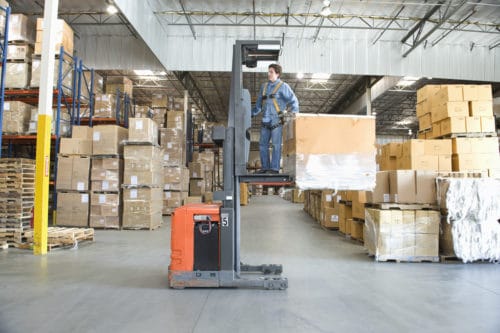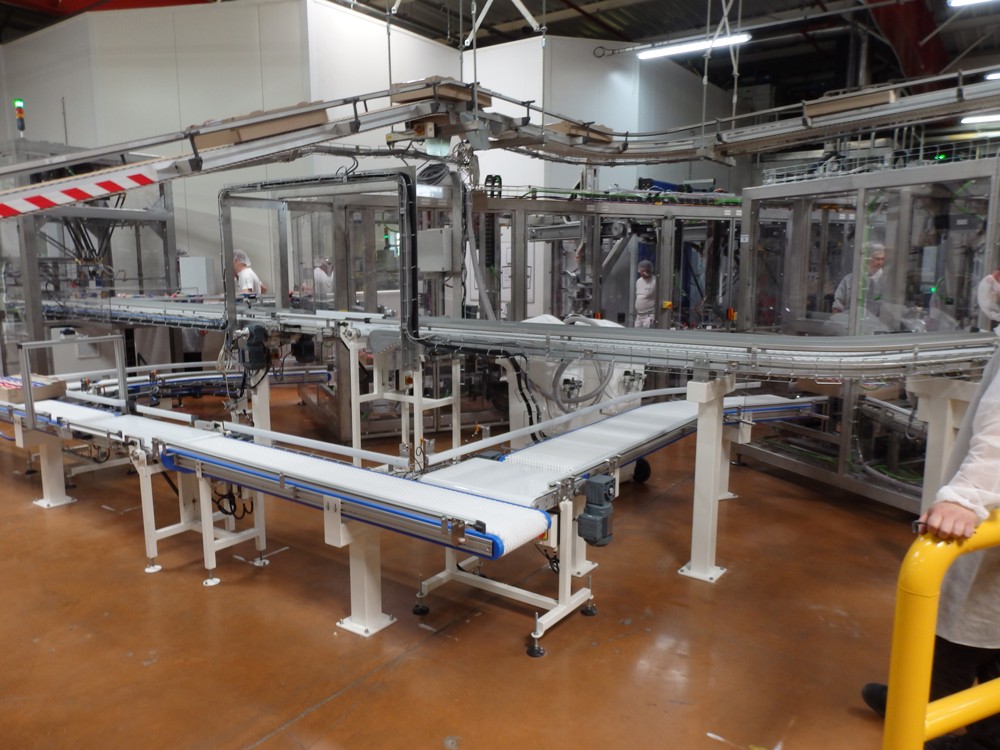Plastic Container Manufacturer Excellence: Crafting Solutions for You
Plastic Container Manufacturer Excellence: Crafting Solutions for You
Blog Article
Efficient Industrial Recycling Solutions for Sustainable Product Packaging: A Comprehensive Guide
That's where this extensive guide on reliable industrial recycling remedies for lasting packaging comes in. By checking out crucial areas such as packaging material choice, making for recyclability, carrying out recycling framework, teaming up with recycling partners, and monitoring and determining recycling success, this guide will certainly outfit you with the expertise and tools needed to make educated decisions and drive positive adjustment within your company. Whether you're a packaging expert, sustainability supervisor, or merely interested in the topic, this guide will certainly offer important insights and strategies to aid you navigate the world of sustainable packaging.
Packaging Material Choice
The choice of packaging materials plays a vital duty in ensuring the sustainability of industrial reusing remedies. When it pertains to sustainable product packaging, the option of products is essential in reducing environmental effect and taking full advantage of recycling performance. Picking the right materials can help in reducing waste generation, preserve sources, and promote a round economic situation.
Products like cardboard, paper, glass, and specific types of plastics can be reused numerous times without losing their top quality. On the other hand, products that are tough to recycle, such as combined plastics or non-recyclable composites, can develop difficulties for the recycling procedure and may end up in burners or garbage dumps.
An additional consideration is making use of renewable and biodegradable products. Product packaging made from renewable energies, such as plant-based plastics or biopolymers, can help in reducing dependency on fossil gas and minimize climate modification. In addition, eco-friendly materials damage down naturally in time, reducing the build-up of waste in garbage dumps.
Furthermore, the weight and quantity of product packaging products should be reduced to minimize transportation costs and energy usage. Light-weight products not only require less resources during production but likewise contribute to reduce carbon exhausts throughout transportation.
Creating for Recyclability
Packaging designers ought to prioritize the usage of products that are widely accepted for recycling and have actually developed recycling infrastructures. Products such as glass, light weight aluminum, and specific types of plastic, like PET and HDPE, are commonly reused and must be liked over materials that are pricey or tough to reuse.
Another important consideration in making for recyclability is the elimination of unneeded parts or products. By reducing the variety of layers, coatings, and additional elements, packaging can be made less complex and much easier to recycle. In addition, developers should intend to reduce making use of combined materials, as they can complicate the recycling process.

Implementing Recycling Facilities
Reliable application of reusing infrastructure is vital for the success of industrial reusing services. Without correct infrastructure in position, the reusing process comes to be inadequate and inefficient, preventing the overall goal of lasting product packaging.
To execute recycling infrastructure successfully, numerous key aspects require to be taken into consideration. Firstly, there should be a well-organized collection system that assists in the splitting up and collection of recyclable materials. This can consist of marked reusing bins in public areas, along with collaborations with waste monitoring companies for curbside pickup and sorting.
When accumulated, the recyclable products require to be transported to reusing facilities in a timely way. This needs effective logistics and transportation networks, making sure that the materials reach the appropriate facilities immediately.
At the recycling centers, advanced sorting and processing technologies should be in location to divide various kinds of products successfully. This consists of using automated arranging equipments, optical scanners, and hand-operated sorting strategies.
In addition, there should be a durable market need for recycled products. This can be accomplished via partnerships with producers and industries that use recycled products in their production procedures. Developing a stable market for recycled products incentivizes the recycling market and promotes the circular economic situation.
Teaming Up With Recycling Partners

One have a peek here secret aspect of teaming up with reusing companions is the facility of clear communication networks. It is essential to develop open lines of interaction to assist in the exchange of information, updates, and comments. This enables both events to remain educated about the progression of recycling initiatives and address any kind of challenges or problems that may develop.
Additionally, collaboration can entail joint efforts in carrying out and creating recycling programs. Reusing companions can supply valuable understandings and support in developing effective collection systems and determining one of the most appropriate recycling modern technologies. By collaborating, organizations and recycling companions can maximize the reusing process and decrease waste.
Furthermore, cooperation can extend beyond the operational facets of recycling. It can likewise include campaigning for and education and learning initiatives. By signing up with pressures, businesses and recycling companions can raise recognition about the significance of reusing and advertise the fostering of lasting packaging methods amongst customers and various other stakeholders.
Monitoring and Measuring Recycling Success
To ensure the efficiency of industrial reusing remedies and the success of sustainable packaging goals, it is critical for businesses and their recycling companions to develop a comprehensive system for tracking and measuring recycling success (industrial packaging solutions). Tracking and measuring recycling success allows businesses to assess the impact of their reusing efforts, determine areas for enhancement, and established meaningful targets for future progress
One way to track recycling success is via the usage of information collection and evaluation tools. By collecting data on the quantity of product packaging waste created, the percent of waste that is reused, and the sorts of products being recycled, businesses can get important insights into their reusing efficiency. This information can after that be examined to determine trends, patterns, and areas of inefficiency.
An additional vital element of tracking and measuring reusing success is establishing clear and standard metrics. This allows businesses to contrast their performance against sector standards and track their development over time. Metrics such as reusing rates, waste diversion prices, my website and greenhouse gas exhausts can give a measurable step of a company's reusing success.

Final Thought
In final thought, implementing reliable commercial recycling remedies for lasting product packaging requires mindful consideration of product packaging product choice, developing for recyclability, implementing reusing infrastructure, teaming up with recycling companions, and tracking and determining reusing success. By integrating these techniques, services can add to an extra lasting and environmentally-friendly approach to packaging, reducing waste and promoting the round economic climate.
By checking out vital areas such as product packaging material choice, making for recyclability, applying recycling infrastructure, working together with reusing companions, and tracking and gauging recycling success, this guide will certainly outfit you with the expertise and tools essential to make informed decisions and drive favorable adjustment within your company. Packaging designers must focus on the use of materials that are extensively accepted for reusing and have actually developed recycling facilities.Cooperation with recycling companions is important for the effective execution of commercial recycling remedies and the accomplishment of lasting product packaging objectives. By signing up with forces, organizations and reusing partners can raise awareness regarding the importance of reusing and advertise the fostering of lasting product packaging practices among consumers and other stakeholders.
By gathering data on the quantity of product packaging waste generated, the percentage of waste that is recycled, and the types of materials being reused, services can gain useful insights right into like this their reusing efficiency.
Report this page